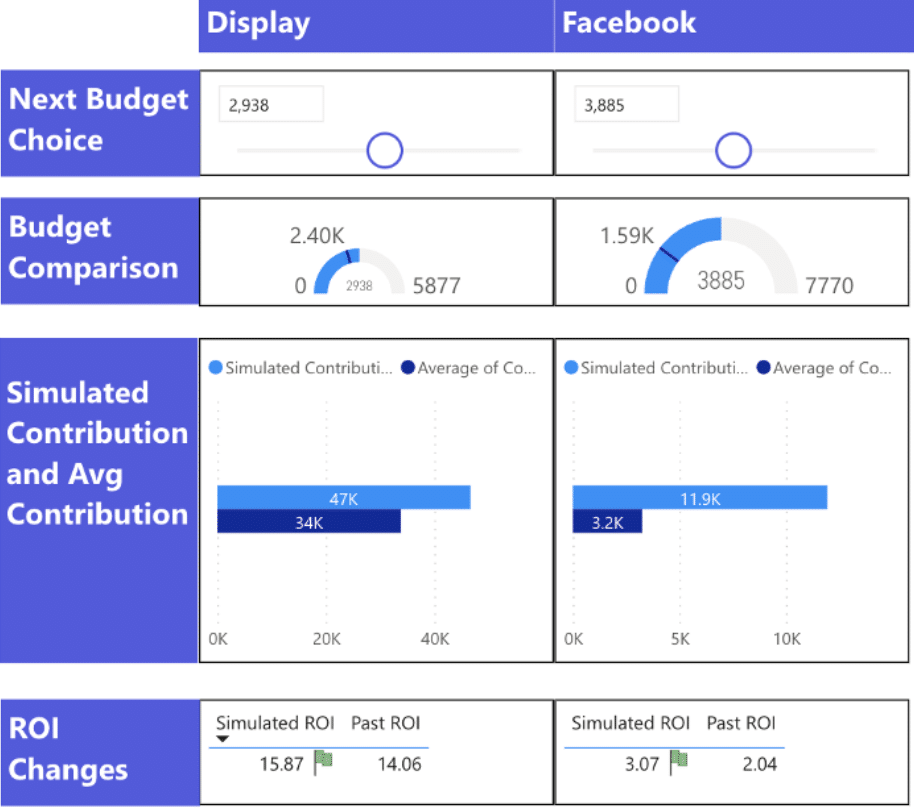Multi-touch attribution: It’s boomed. It’s been declared dead. And other marketing measurement methods have been developed to complement or replace it.
Meanwhile, the data that marketers use has changed a great deal in terms of both availability and granularity, and the channels they use are constantly modifying their policies and approaches.
Amid all those changes, marketers have a wide and somewhat bewildering range of options for measurement today — but which should they choose to contend with these realities and also prepare for the future?
In this post, we’ll explore the growth and challenges of MTA, plus the effects of Apple’s ATT and the impending cookie deprecation. We’ll also look at measurement solutions that brands can implement today to help prepare for a cookie-less world.
The Rise of MTA
Over the past four years, the adoption of multi-touch attribution (MTA) has increased significantly. Nearly 88% of companies now use it. This trend can be attributed to consumers engaging in multiple media channels. As a result, brands must implement a robust channel mix to connect with these consumers and drive interaction, engagement, and purchase.
Research by Gartner indicates that adding four or more channels to a marketing campaign can increase results by 300%. MTA models allow marketers to take into account all the touchpoints or channels that a consumer interacts with before a conversion event, such as a form fill or purchase.

By analyzing data from all touchpoints, MTA models can provide a more comprehensive view of how marketing activities contribute to business outcomes. For example, a customer may have seen an ad on social media, visited the website from an email link, and then made a purchase after seeing a display ad. MTA models can capture all of these touchpoints. They then attribute the sale to them. This process attempts to provide a more accurate understanding of how each channel contributes to the overall success of the campaign.
Overall, the adoption of MTA models is driven by the need to understand the complex and interconnected media landscape. And, of course, there’s a strong desire to provide a better customer experience. By leveraging MTA models, marketers can optimize their channel mix and better allocate their resources to achieve the best results.
Losing Signals Affects Marketing Measurement
The marketing landscape, however, is constantly evolving, and significant changes are expected over the next few years. For instance, the world of mobile marketing has undergone a dramatic shift in the past two years. With the introduction of iOS 14 and Apple’s App Tracking Transparency (ATT) framework, brands and advertisers now have significantly fewer mobile signals to record, analyze, and use for optimization.
The impact of these changes on campaign performance has been significant. A recent study shows that 64% of advertisers say their campaigns were less successful after Apple introduced the ATT framework. This decline is largely due to the lack of mobile signals that allow advertisers to measure and optimize campaigns and marketing tactics effectively.
The loss of mobile signals means a loss of granularity when tracking and analyzing user behavior across multiple touchpoints. This change can make it harder to identify the impact of individual marketing channels and optimize campaigns for maximum performance. The loss of mobile signals also makes it more challenging to accurately attribute conversions to specific channels, leading to potentially inaccurate results and suboptimal campaign performance.
Given these changes — and knowing that 75% of marketers are reliant on third-party cookies — what will happen if marketers also lose third-party cookies?
Marketers must adapt their strategies and measurement approaches to account for the loss of mobile and online signals. This adaptation may involve exploring alternative tracking and measurement methods. Ultimately, the success of digital campaigns will depend on marketers’ ability to navigate these changes. They’ll have to find new ways to deliver effective campaigns in a rapidly evolving landscape.

Image generated with OpenAI’s DALL-E
ATT, Cookies, and Campaign Measurement
The introduction of Apple’s App Tracking Transparency (ATT) and the pending deprecation of third-party cookies both significantly impact mobile and online campaign measurement.
With ATT, users are asked to opt in to allow apps to track their data across different apps and websites, including their advertising identifiers. This change means that users who opt out of tracking won’t have their data shared with advertisers. These users will be more difficult to track across different apps and websites. Advertisers will find it harder to measure the effectiveness of their campaigns with less available user data.
The deprecation of third-party cookies, today used to track users across different websites, will also make it more difficult for advertisers to measure campaign effectiveness. Without third-party cookies, advertisers will have to rely on first-party data. That would include data collected from users who have interacted directly with their brand. Again, it’ll become more challenging for advertisers to track users across different websites.
As a result, advertisers will need to rely on alternative methods for targeting prospects and measuring campaign effectiveness. Some approaches include leveraging contextual advertising to target audiences. They could work within walled gardens like Google, Facebook, or Amazon, or deploy data clean rooms. Another solution is to leverage marketing mix modeling (MMM) to gauge the effectiveness of a channel mix.
Taking Control of Measurement
Given the lack of third-party cookies and other tracking data, MMM may become more important for marketers to measure the effectiveness of their campaigns. With MMM, marketers can rely on internal data, such as sales data, marketing spending data, campaign impressions, reach and frequency, etc. That data can help them understand how their marketing activities are impacting their business.
Predictive modeling can support MMM by providing insights into future trends and potential outcomes based on historical data. By using predictive modeling, marketers can build models that forecast how different marketing activities will impact sales and other revenue-generating KPIs. These models can be used to test different scenarios and optimize marketing strategies to achieve better outcomes.
AI platforms like Pecan has made MMM available to practically any company. It’s now possible to build new marketing mix models every week or every month for more frequent budget optimization. And MMM is especially relevant in a world with less readily available consumer-level data. That’s because this method works at the level of the marketing channels, not at the individual consumer level.
Additionally, MMM has other valuable aspects. For example, in allocating marketing budgets, MMM considers seasonality — an important factor for many products and services. It can also incorporate independent variables based on other external data, like economic variables, industry-wide sales data, and competitor activity. MMM also adjusts for and provides insight into some difficult-to-assess aspects of marketing. Those can include channel saturation (i.e., the amount of spending at which ROI plateaus) and momentum (aka carryover).
Exploring Scenarios with Machine Learning
Pecan AI has created an MMM ‘what-if’ simulator that can be used to test different marketing scenarios. Then, you can identify which are most likely to lead to better outcomes. For example, the simulator might be used to test the impact of different advertising spending levels on sales.

As a result, you can leverage these scenarios to better optimize marketing spend across different channels and activities. By identifying the most effective marketing activities, marketers can allocate their budget more efficiently and achieve better outcomes.
In summary, predictive modeling can help marketers facing a changing world with measurement approaches like marketing mix modeling. An ML-based MMM approach provides insights into future trends, scenario testing, and optimization strategies. By combining predictive modeling with MMM, marketers can better understand their customers and the impact of their marketing activities. This sophisticated approach leads to more effective marketing campaigns and better business outcomes.
Excited about the potential of using MMM to boost your marketing ROI? Get in touch with Pecan today to learn how our team of experts can help you get started fast.



